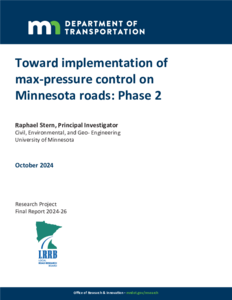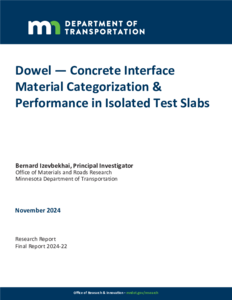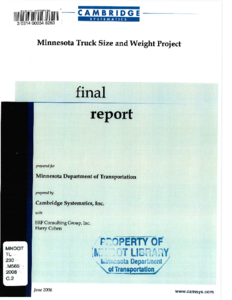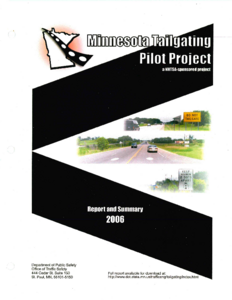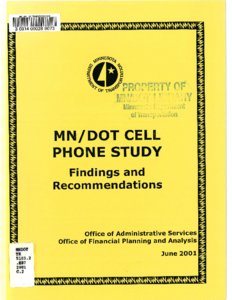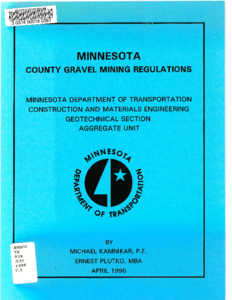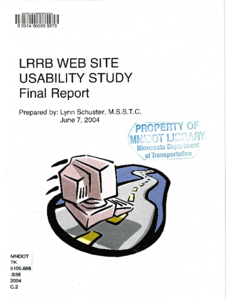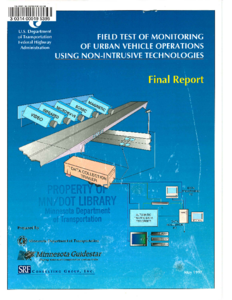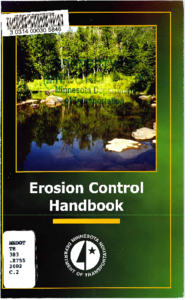Toward implementation of max-pressure control on Minnesota roads: Phase 2
Creator
Date Created
2024-10
Report Number
2024-26
Description
Dowel — Concrete Interface Material Categorization & Performance in Isolated Test Slabs
Date Created
2024-11
Report Number
2024-22
Description
Minnesota Tailgating Pilot Project: Report and Summary 2006
Date Created
2006
Description
Field Test of Monitoring of Urban Vehicle Operations Using Non-intrusive Technologies
Date Created
1997-05
Description
Erosion Control Handbook
Date Created
2002
Description


